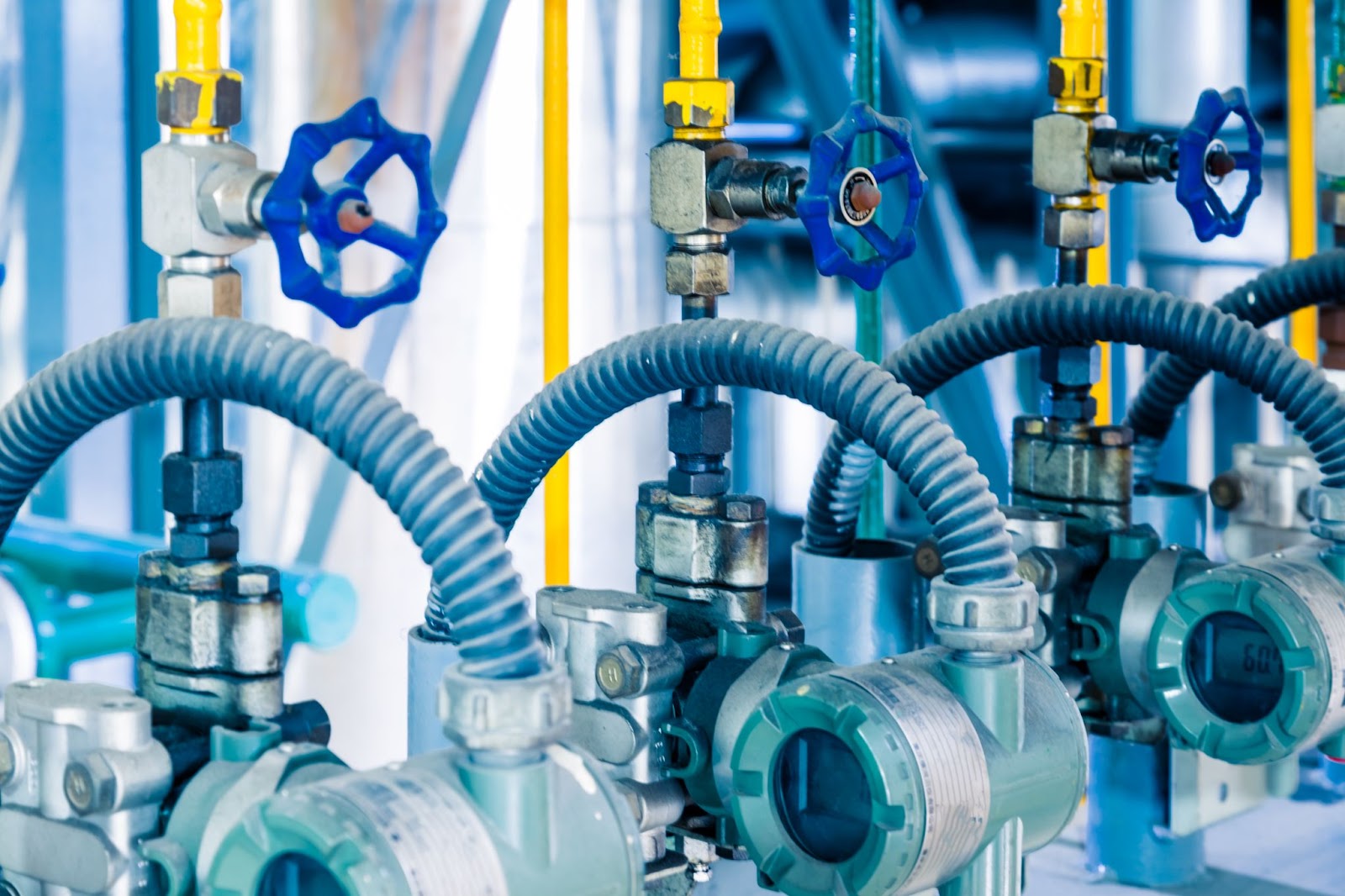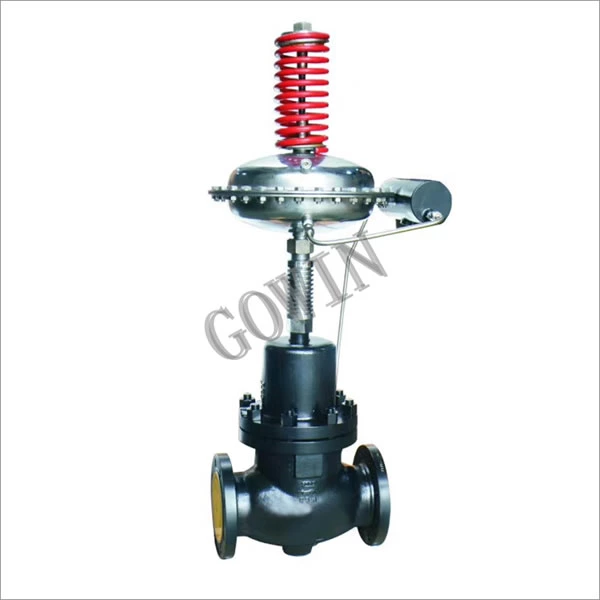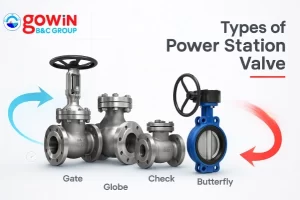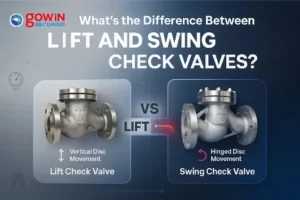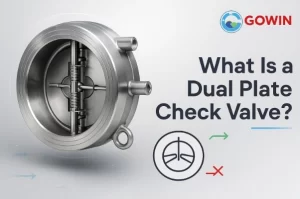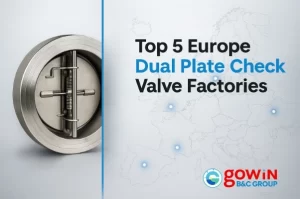Table of Contents
ToggleWhen your electrically operated control valves will not operate because of a fault, your flow control system—whether it’s handling water, gas, steam, or chemicals—can suddenly shut down.
These valves are a type of control valve that manage the movement and pressure of fluids, so when they stop responding, the entire process can stall. The upside is that most failures come down to a few common issues. In this guide, we’ll explain why the valve isn’t working, what electrical checks to run, and how to test components step-by-step.
Check If Power Is Reaching the Valve
Before you troubleshoot anything else, make sure the valve is getting power. If an electrically operated control valve will not operate because it’s not receiving voltage, no amount of rewiring or testing will help.
Use a multimeter to check the voltage at the valve’s terminals. Look at the power supply, fuses, and any disconnect switches. If there’s no voltage, the issue might be with the control panel, a blown fuse, or a tripped breaker.
Also, check the wiring.
A control valve electrical connection broken or loose can stop everything. Look for corrosion, frayed wires, or anything that doesn’t look right.
High-performance control valves engineered to international standards (ASME, API, JIS, BS, DIN). Available in sizes from 3/4″ to 72″ with pressure ratings up to 42.0 MPa. Suitable for water, oil, and gas applications with temperature range from -196℃ to 650℃.
Explore ProductInspect the Valve for Electrical and Signal Faults
Once you’ve confirmed power is reaching the valve, it’s time to dig deeper. If your electrically operated control valves will not operate because of internal issues, you’ll need to rule out several common faults, similar to the common issues found in pneumatic control valves.
Here are the most likely causes:
- Burned-out solenoid coil: If the coil inside the actuator is damaged, the valve won’t respond even with power.
- Faulty signal from the controller: Sometimes the PLC or control system fails to send the open/close signal.
- Wiring problems: A control valve electrical connection broken inside the junction box or along the cable can break communication.
- Incorrect voltage: If the voltage is too low or too high, the valve may not activate correctly.
- Mechanical jam: Debris or pressure imbalance can physically prevent the valve from moving, even if the signal and power are fine.
Start with the electrical checks, then move to signal and finally mechanical causes. This way, you rule out the easiest problems first before getting into complex repairs.
Test the Electric Over Hydraulic Solenoid Valve Control Assembly
If your system uses an electric over hydraulic setup, the solenoid valve is key to triggering the actuator. When this part fails, the electrically operated control valves will not operate because the hydraulic signal never gets sent.
Here’s how to test it:
- Disconnect power and tag out the system for safety.
- Visually inspect the solenoid for signs of damage, corrosion, or fluid leaks.
- Use a multimeter to check the coil’s resistance. A normal reading usually ranges between 10–100 ohms. If it reads open or shows no resistance, the coil is likely burnt out.
- Manually trigger the solenoid if your system allows it. Listen for a click or feel for movement—if nothing happens, the solenoid is likely stuck or dead.
- Test voltage at the terminals while the control system sends a signal. If the voltage is present but there’s no action, the solenoid is the issue.
Make sure to also check the wiring back to the controller. If the solenoid is working but no signal is being sent, the problem could be upstream.
Check for Broken Electrical Connections
Even a solid power supply and working solenoid won’t matter if the wiring is damaged. One of the most overlooked reasons why electrically operated control valves will not operate is a control valve electrical connection broken somewhere in the circuit.
Here’s what to do:
- Inspect all terminal connections—starting from the valve and tracing back to the controller or junction box. Look for loose screws, burned insulation, or broken connectors.
- Check for corrosion on contact points, especially in outdoor or humid environments. Moisture can cause hidden faults that block signal flow.
- Use a continuity tester or multimeter to verify that the signal can travel through each wire. A break might not be visible but will show up as an open circuit.
- Gently tug on wires near connectors. Sometimes a wire might appear connected but is barely hanging on internally.
This step is all about eliminating weak links in the system. A simple reconnection or wire replacement could solve what looks like a complex failure.
Rule Out Mechanical or Control Signal Problems
If you’ve confirmed the wiring, power, and solenoid are all working, the issue might be mechanical. Check if the valve is physically stuck or blocked by debris. You can also test the actuator manually to see if it moves freely. It’s important to understand the difference between single acting and double acting actuators as part of this process.
Also double-check your control system. Knowing the difference between regulators and control valves can help clarify if the issue is with the device itself or the control signal. If the PLC or controller isn’t sending the right signal, the electrically operated control valves will not operate because there’s simply nothing telling them to.
Common Issues with Electric Control Valves: Conclusion
Most issues come down to a power loss, bad wiring, or a failed solenoid. Catching these early saves downtime and avoids unnecessary replacements.
Still stuck? Reach out to GOWIN for help or quality replacement parts.

